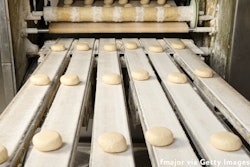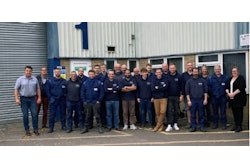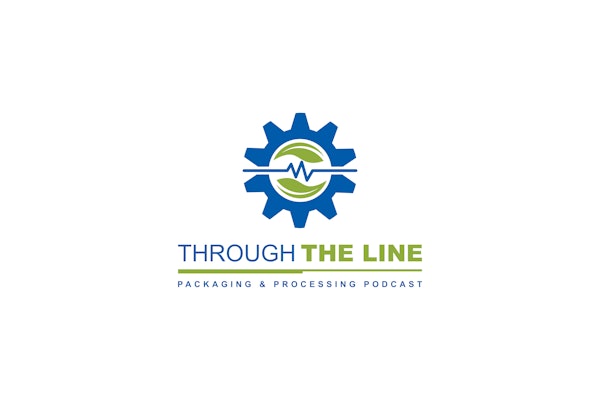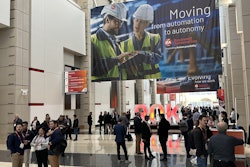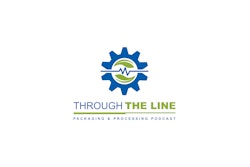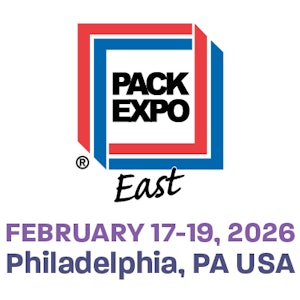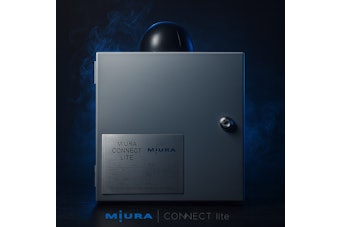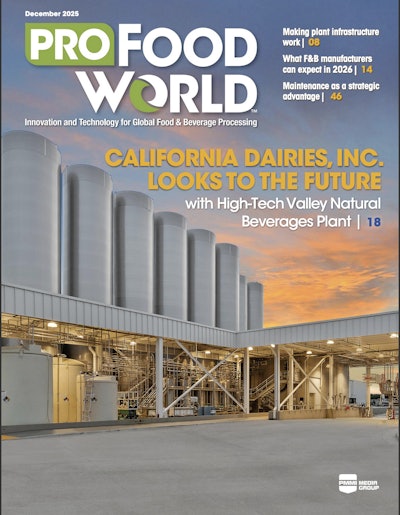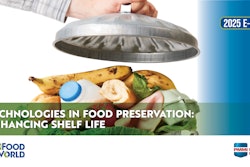To learn more about total cost of ownership in food production, watch the full interview at ProFood World.
Food producers shopping for new equipment should always take total cost of ownership into consideration. But what does that really entail?
To get a strong understanding of TCO from maintenance and utility costs to end-of-life disposal, leadership should align several teams around a unified framework, according to Greg Flickinger, CEO of Aloha Medicinals and American Botanicals.
Bryan Griffen: So let's take a look then, at some of the valuation strategies that you might take into consideration when you're looking at this, this new piece of equipment. I mean, we're trying to do our due diligence. We're trying to do the best that we can. But how do we know what that total cost of ownership actually is? How do I figure all that out without just, you know, taking wild guesses from the air?
Greg Flickinger: Yeah. I guess Bryan, when I think about these types of assessments, it's important to get alignment. And to get alignment, you need a framework. And back to your point, we talked about a lot of the major buckets of TCO, but the framework is what's important. And really honestly, where I go is I go to the OpX Leadership Network's TCO Framework. So you can find it online. It's a comprehensive view of TCO, and it was created by industry experts for industry. But when you when you open that up, it has all of the buckets I just described, many, many more details. And there's even an adjoining spreadsheet. So there's a spreadsheet to help bring you along the process.
So, Bryan, it all starts with the framework. So once you have the framework in place, then it comes down to, as you said, how do you get the right data into this framework? And the beginning point is always people. So engage a widespread cross functional team. Clearly, your engineering team's already involved, because your project engineer is managing this project, but sure, and then ops will probably be involved as well. So, but that's not enough. You really need to pull in your maintenance leadership, probably a qualified and experienced maintenance tech, some hourly operators that are familiar with maybe not the specific equipment, but the processes they're dealing with on a daily basis. I pull in safety, I pull in quality, and then I wouldn't even forget about procurement.
So all of these different people are going to bring perspectives from their functional expertise. They're going to help populate the areas in TCO. They're going to call out questions, and ultimately, they're going to help bring valuable data to help with the assessment. So, cross functional team is critical.

